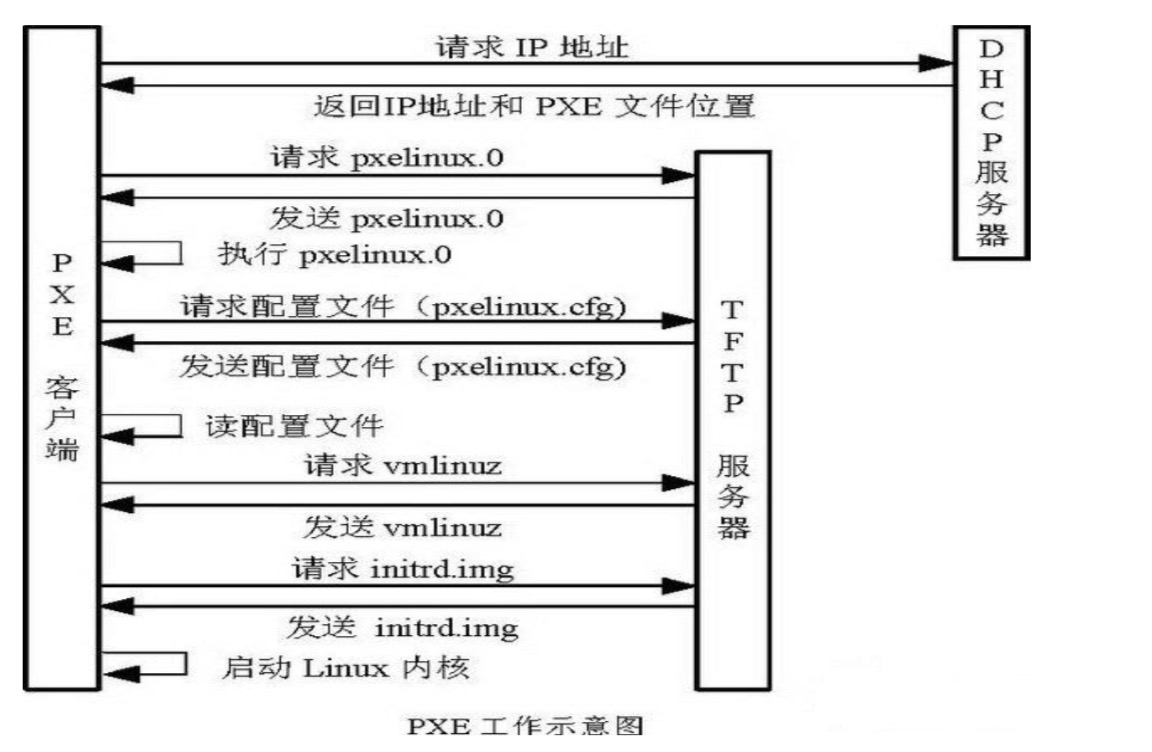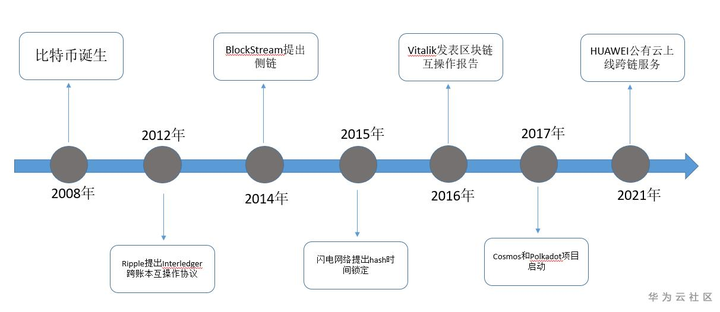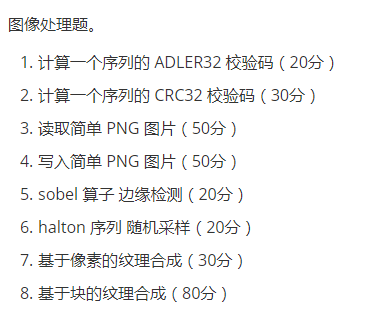Recently I switched to DrawingVisuals to increase the performance of our trending graphs (especially zooming and panning).
Here's the code I have:
blocksToBeRendered = (baseItem as AvgCurve).GetStreamGeometryBlocks(ActualWidth, ActualHeight, _minPoint.X, _maxPoint.X, FixTimeStep ? _timeStep : 0, IsMainChart);
Pen stroke = new Pen((baseItem as AvgCurve).LineBrush, 1);
foreach (GeometryGroup group in blocksToBeRendered)
{
if (group.Children.Count != 0)
{
if (!cachedBlocks[baseItem].Any(x => x.Children[0] == group.Children[0]))
{
cachedBlocks[baseItem].Add(group);
ImprovedDrawingVisual vis = new ImprovedDrawingVisual();
BitmapCache cache = new BitmapCache() { SnapsToDevicePixels = true };
vis.CacheMode = cache;
using (DrawingContext context = vis.RenderOpen())
{
RenderOptions.SetEdgeMode(group, EdgeMode.Aliased);
if (group.Children.Count > 0)
{
context.DrawGeometry(null, stroke, group.Children[0]);
}
}
_host.VisualCollection.Add(vis);
}
}
}
This is the ImprovedDrawingVisual:
public class ImprovedDrawingVisual: DrawingVisual
{
public ImprovedDrawingVisual()
{
VisualEdgeMode = EdgeMode.Aliased;
VisualBitmapScalingMode = BitmapScalingMode.NearestNeighbor;
}
}
Now, the geometries do have Transforms, which might be important.
What happens is that the graphs are drawn nicely without bitmap caching (1 px lines), but when I turn on bitmap caching, parts of the graph go all blurry sometimes.

Does anyone know how I can fix this? I tried changing the RenderAtScale of the DrawingVisual or turning off the EdgeMode setting, but that doesn't help.
EDIT: Left out the brush fill geometry to avoid confusion since it's not relevant here.



